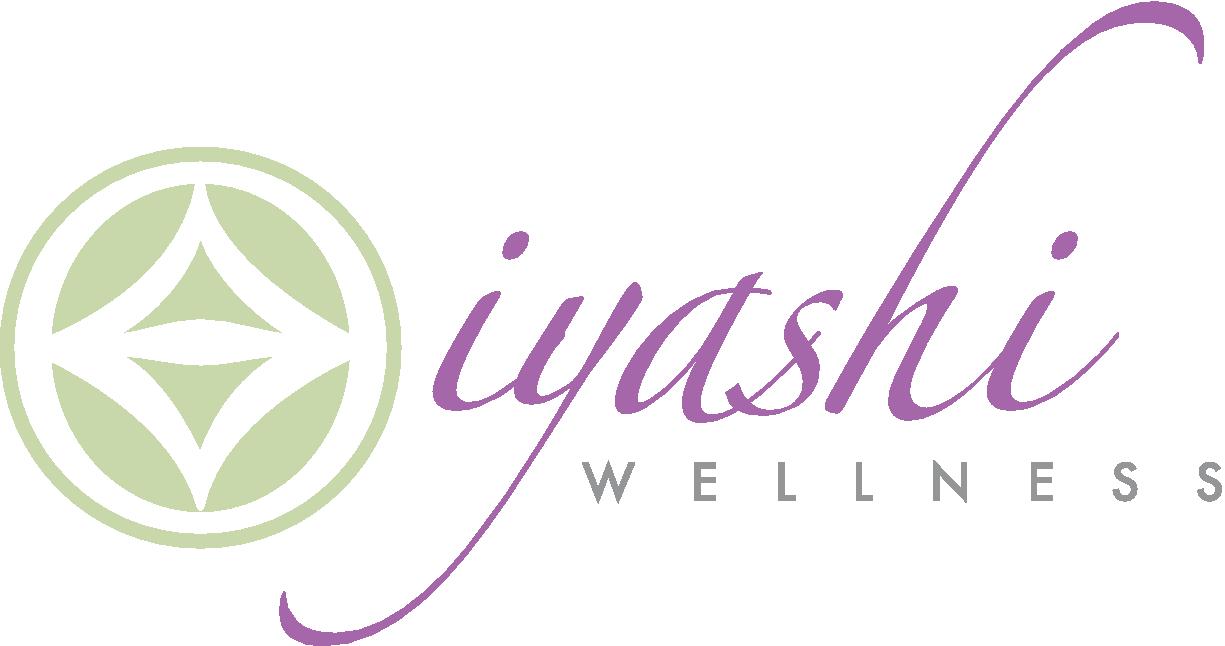This is Part 10 of my 12-Part Series on Leaky Gut and Family Health. Part 1: Leaky Gut: What Is it, And Do You and Your Child Have It? Part 2: Leaky Gut According to Chinese Medicine Part 3:The 4 R’s to Gut Healing: Removal (Step 1) Part 4: The Feingold Diet for Behavioral Problems Part 5: Real Food 101 Part 6: Autoimmune Paleo Protocol for Leaky Gut Part 7: The 4 R’s to Gut Healing: Replacement (Step 2) Part 8: Reinoculation Phase for Healing Leaky Gut Part 9: Repair Phase for Healing Leaky Gut Part 11: Raising Kids with Healthy Cravings and Part 12: Leaky Gut: Tying It All Together
Knowing what to do to heal yourself through dietary change, lifestyle strategies, and regular acupuncture treatments, and actually doing it are two different things. Most individuals begin a new dietary approach with the best intentions of continuing with that approach indefinitely, or at least until they’ve achieved their health goals. However, most will fail before the first week is even finished. Those who hang on for longer than a few days will eventually “fall off the wagon” when life gets busy, during the holidays, or while on vacation. For the very few who actually reach their health goals and continue on a maintenance dietary approach, the rewards are usually perceived as being worth more than the sacrifices.
So how do you make sure you are one of the few who actually end up changing their diet for good — without relapsing back into your old, unhealthy eating pattern? I hope to tackle the answer to that question in this article.
Develop microgoals and microhabits. For instance, instead of setting a goal of “reverse hypothyroidism and lose 20 pounds,” you would set the very simple goals of preparing your meals for the week on Sunday afternoons and walking for thirty minutes every evening before dinner. Break it down into something so simple, you can’t not do it. Decide that the next meal you will eat will be according to the principles outlined in the previous articles in this series. If you can do this for your next meal, you can continue this way for subsequent meals.
Often times, it’s helpful to keep a food journal to keep track of what’s actually passing through your lips. It’s harder to “cheat” when you know you have to write it down. Electronic journals, like MyFitnessPal.com, bring your food journal to your smartphone, so you can easily enter your foods, even when going out to eat. This tool gives you a place to record your exercise sessions and tells you how much of each nutrient you’re getting in your diet–very handy! People use this app to lose weight by counting calories, but that’s not why I recommend it. When you eat right, calories aren’t as important, and our goal here is to notice whether you’re eating the healing foods necessary to heal your gut. Having a partner or a buddy to report to also helps you honor your healthy habits and will keep you both accountable to your goals.
Plan ahead for social events and travel. If you are avoiding ubiquitous ingredients such as gluten, dairy, canola, and soy, you will need to be particularly cautious at parties, potlucks, restaurants, and airports. Unless you are attending a special gut-healing party or an event hosted by your acupuncturist, you should probably eat before you go or bring something to snack on. Otherwise, you may find yourself getting extremely “hangry” (hungry + angry) and reaching for any kind of food available. The same goes for restaurants. If you’re meeting friends at a Tex Mex or “everything fried” restaurant, you might want to just eat beforehand unless you know you’ll be able to order an entree that omits all the gut-irritating foods. At some upscale or small restaurants, you may be able to call beforehand and have an off-menu entree prepared for you. When traveling, it’s a good idea to pack snacks like jerky, sardines, kale chips, grainless crackers, chopped and washed veggies, homemade treats, and healthy protein bars.
Remember that having certain dietary restrictions does get easier over time. While the comforting flavors, textures, and smells of familiar foods that are now “off limits” can be overwhelmingly enticing in the beginning, your tastes will change and you will find new favorites. Food addictions work much like addictions to nicotine, recreational drugs, and narcotic pain relievers like Oxycontin (oxycodone). You may have withdrawal symptoms when you first eliminate foods such as dairy, grains, nightshades, and sugary beverages and desserts. Finally, after a few weeks of complete avoidance of these substances (with no “cheats”), withdrawals go away and oftentimes so do the chronic health issues you’ve dealt with for years.
In the next article in this series, we’ll discuss how to get your kids to eat their veggies instead of their candies!

